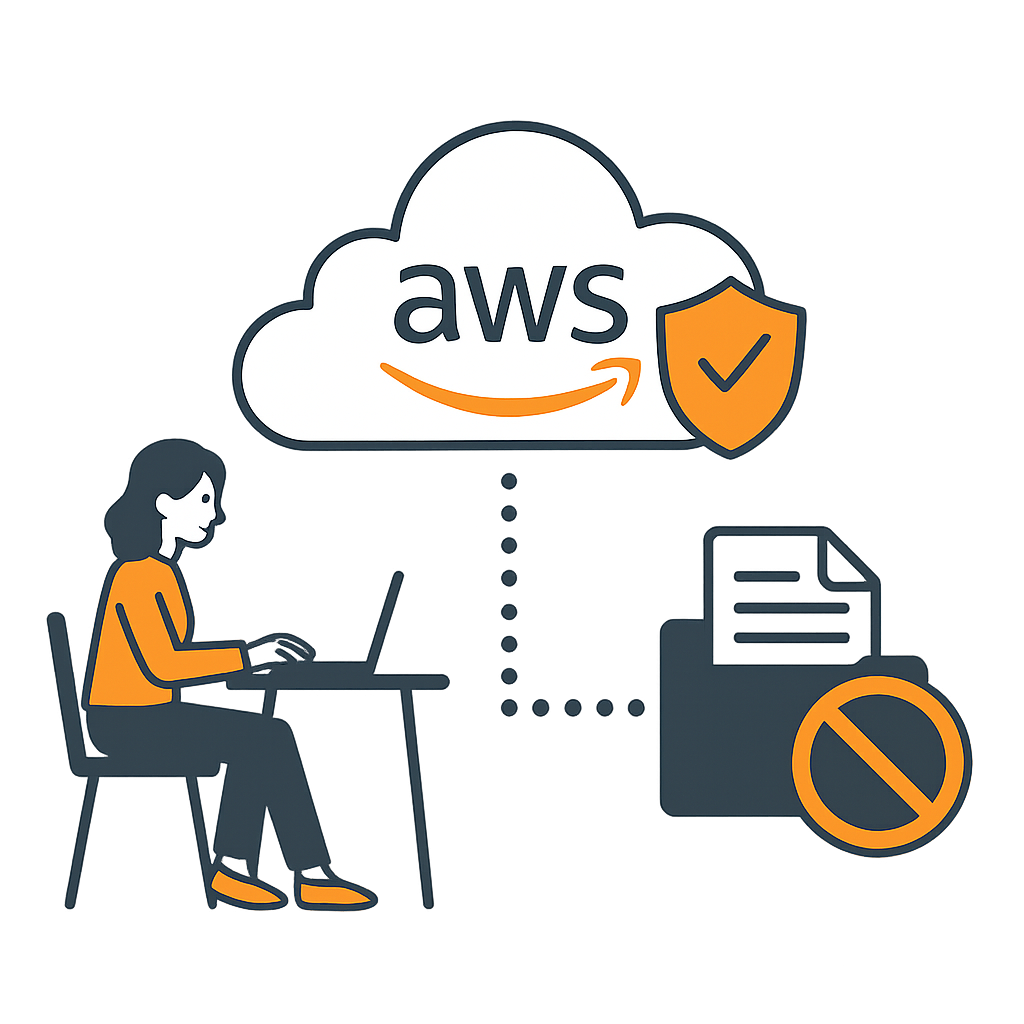Can Amazon S3 solve the remote file access problem?
The most common solution for hybrid employees who need remote file access is to set up VPN (Virtual Private Network) or RDP (Remote Desktop) so that employees who work from home can access file server network shares. If VPN or RDP works for you, that's all good and no big deal. However, if employees are not happy with VPN or RDP, the next solution is usually to migrate the file servers to SharePoint, which works for some, but not all, organizations. The most common issues with migrating to SharePoint are compliance issues, scalability issues with large data sets and legacy application support issues. If you either can not migrate to SharePoint or the migration fails, what do you try next?
In addition to the SharePoint solution, there is also an Amazon S3 File Gateway solution. The great thing about Amazon S3 File Gateway is that it provides backward compatibility through the file server's network share interface. However, accessing Amazon S3 File Gateway from a remote location is an issue. Amazon S3 is also included in the solution mix. Enterprises value Amazon S3's durability and availability, as well as its data classification. However, the problem they have encountered is that Amazon S3 does not provide a cloud file server interface, such as drive mapping, file locking, permission controls, etc.
So how can you turn Amazon S3 into a traditional file server that provides wide-ranging remote file access to support your hybrid workforce?




